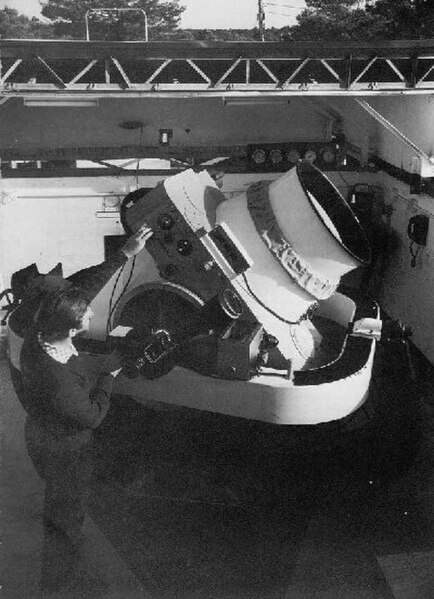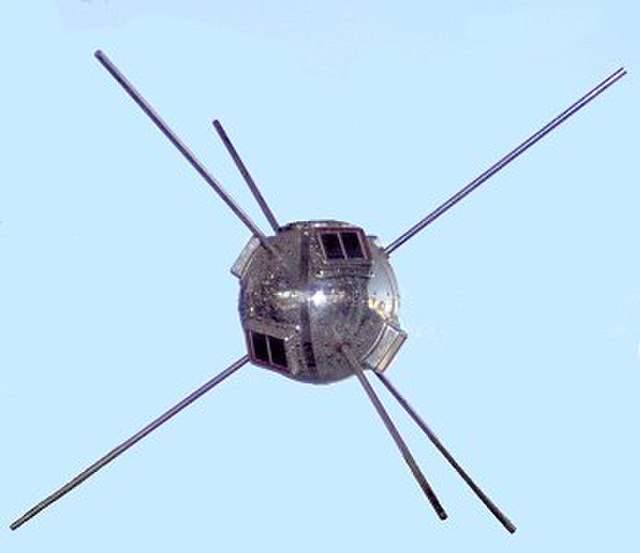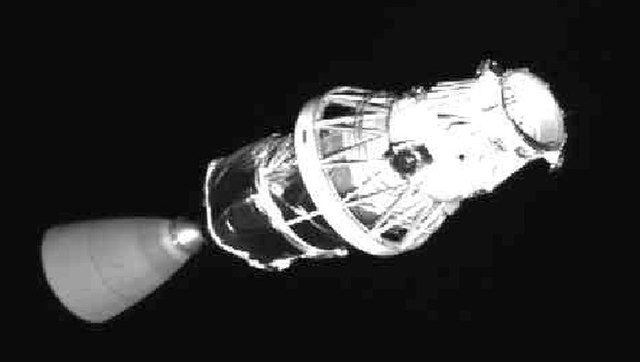On February 10, 2009, two communications satellites—the active commercial Iridium 33 and the derelict Russian military Kosmos 2251—accidentally collided at a speed of 11.7 km/s (26,000 mph) and an altitude of 789 kilometres (490 mi) above the Taymyr Peninsula in Siberia. It was the first time a hypervelocity collision occurred between two satellites; previous incidents had involved a satellite and a piece of space debris.
Collision diagram
Point of collision
Debris fields after 20 minutes
Debris fields after 50 minutes
Space debris are defunct human-made objects in space – principally in Earth orbit – which no longer serve a useful function. These include derelict spacecraft, mission-related debris, and particularly-numerous in-Earth orbit, fragmentation debris from the breakup of derelict rocket bodies and spacecraft. In addition to derelict human-made objects left in orbit, space debris includes fragments from disintegration, erosion, or collisions; solidified liquids expelled from spacecraft; unburned particles from solid rocket motors; and even paint flecks. Space debris represents a risk to spacecraft.
Baker-Nunn cameras were widely used to study space debris.
Vanguard 1 is expected to remain in orbit for 240 years.
A drifting thermal blanket photographed in 1998 during STS-88
Spent upper stage of a Delta II rocket, photographed by the XSS 10 satellite








